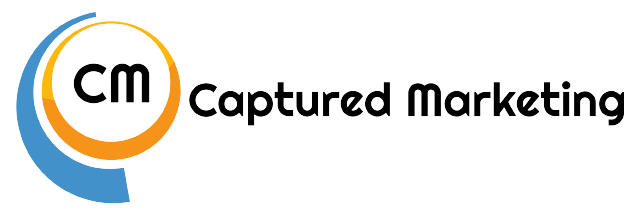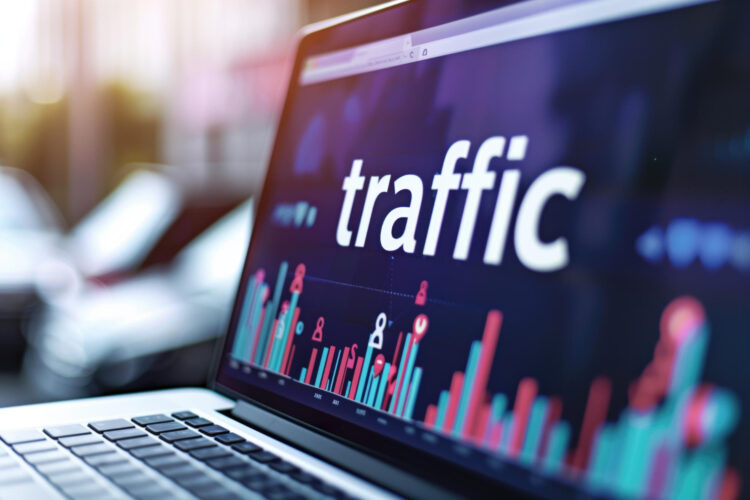
Website loading speed is essential for keeping visitors on your site. When a website takes too long to load, people get frustrated and leave. This can cause you to lose potential customers. A fast-loading website ensures a better user experience and can improve your search engine rankings. More visitors staying on your site can lead to more sales and growth.
Optimizing your website’s loading speed involves several steps. First, we need to understand why loading speed is crucial. Then, we can use various tools to measure how quickly our site loads. Once we have this information, we can take practical steps to optimize images and multimedia. These are often the biggest culprits causing slow load times. Finally, we need to look at techniques to minimize server response time, helping our website load quickly.
By focusing on these areas, we can make sure our website performs well. Fast load times keep our visitors happy and engaged, which increases the chance they will become customers. Improving our website’s loading speed is a key part of creating a successful online presence.
Understanding the Importance of Website Loading Speed
Website loading speed plays a vital role in user experience and search engine rankings. When we visit a website, we expect it to load quickly. A fast-loading site keeps visitors happy and engaged, reducing the likelihood that they will leave before the page finishes loading. Slow loading speeds can frustrate users, leading to higher bounce rates and fewer conversions.
Search engines like Google also prioritize fast sites in their search rankings. This means that a slow website can negatively impact our visibility in search results. By improving our site’s loading speed, we not only provide a better user experience but also increase our chances of ranking higher. This ultimately leads to more traffic and potentially more customers. Therefore, focusing on optimizing our site’s loading speed is a crucial step towards achieving better online performance.
Tools to Measure Your Website’s Loading Speed
To improve our website’s loading speed, we need to know how fast it currently loads. Several tools can help us measure this. One popular tool is Google PageSpeed Insights. It provides a detailed analysis of our site’s performance, including suggestions for improvement. Another useful tool is GTmetrix, which offers insights into how fast our site loads and breaks down the components affecting speed.
Pingdom is another tool we can use to test our loading speed. It allows us to see how long it takes for different elements on our page to load. This helps us identify which parts of our site need optimization. By using these tools regularly, we can monitor our site’s performance and make the necessary adjustments to keep it running efficiently. Tracking our site’s loading speed ensures we stay on top of any issues that might affect user experience and search engine rankings.
Practical Steps to Optimize Images and Multimedia
Optimizing images and multimedia is a key step in improving your website’s loading speed. Large image files can significantly slow down page load times, so it’s critical to make them as small as possible without losing quality. You can achieve this by compressing images using tools like TinyPNG or JPEG-Optimizer. These tools reduce the file size while maintaining good quality, making your site load faster.
Another practical step is to use the right file formats. JPEG is ideal for photographs, while PNG works well for images with transparent backgrounds. Use WebP format when possible, as it offers better compression with quality. Additionally, consider lazy loading for images and videos. This means they only load when the user scrolls to them, saving bandwidth and speeding up initial page load times. By following these steps, you ensure that multimedia elements enhance your site without compromising its performance.
Techniques to Minimize Server Response Time
Minimizing server response time is crucial for a fast-loading website. Start by choosing a reliable hosting provider. A good host will ensure that your server runs efficiently and handles traffic spikes effectively. Shared hosting can be slower due to multiple sites on one server; upgrading to a VPS (Virtual Private Server) or dedicated hosting can improve response times.
Next, enable browser caching to store parts of your web pages on visitors’ browsers. This helps return visitors load your site faster as their browser remembers certain elements. Another technique is to use a Content Delivery Network (CDN). A CDN distributes your website’s data across multiple servers around the world, delivering content to users from the server closest to them. This reduces the distance data must travel and speeds up load times. By applying these techniques, you can significantly enhance your server response time, resulting in a better user experience.
Final Thoughts
Improving your website’s loading speed is essential for a positive user experience and better search rankings. By understanding the importance of website speed, using tools to measure it, optimizing images and multimedia, and minimizing server response time, we can achieve faster loading times. These steps help us keep visitors engaged and improve our site’s performance.
Fast-loading websites offer a better experience to users, encouraging them to stay longer and explore more pages. It also helps in achieving better search engine rankings, making it easier for people to find your site. By implementing these strategies, we can ensure that our website runs smoothly and efficiently.
If you’re ready to enhance your website’s loading speed and performance, reach out to Captured Marketing today. Let our web development experts help you make your site faster and more effective for your audience.




